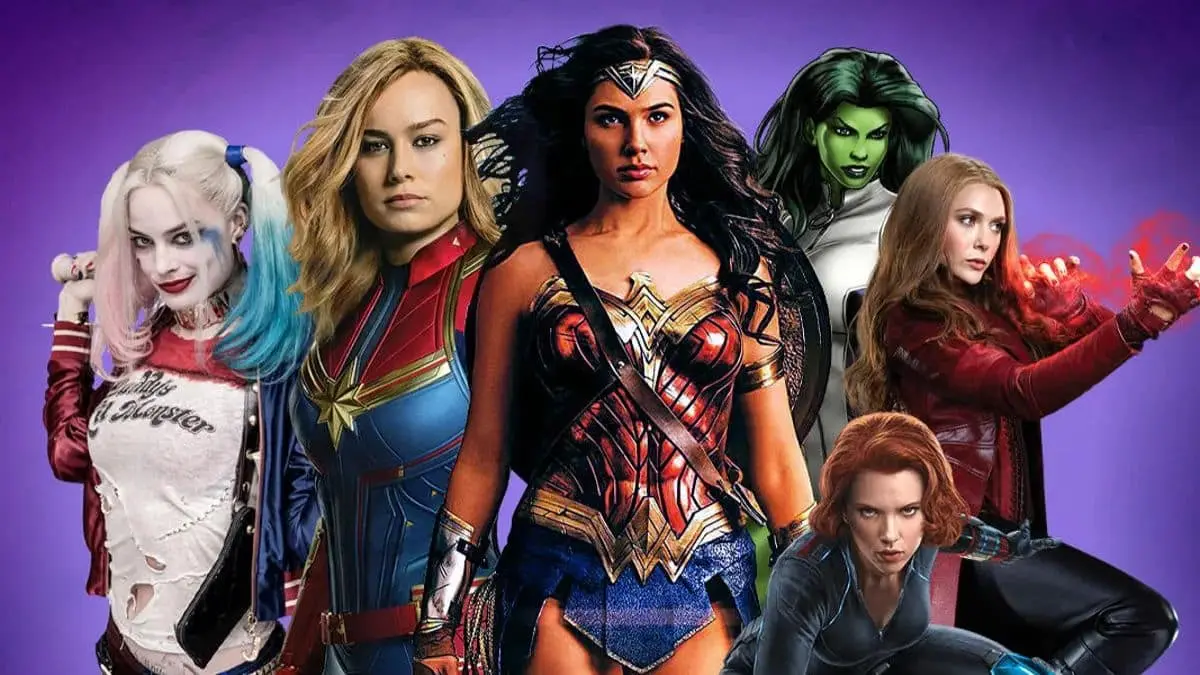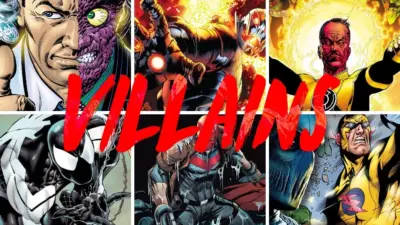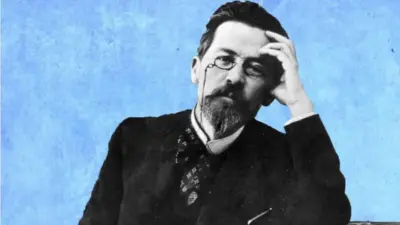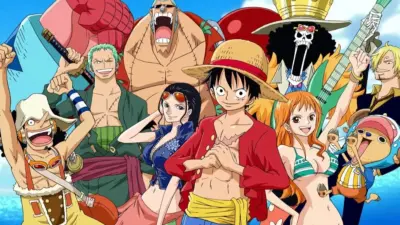The comic book world, for years, has been a medium where social norms and expectations could be challenged and redefined. Traditionally, superheroes were portrayed as strong, white men who upheld the values of justice, bravery, and moral integrity. However, the narrative has been undergoing a significant transformation in recent years. Today, comic book superheroes serve as champions of diversity, breaking away from age-old stereotypes and providing platforms for voices that were once marginalized or suppressed.
The Origins: A Snapshot of Monoculture
Homogeneity in the Golden Age
In the so-called “Golden Age” of comic books, which spanned the late 1930s to the 1950s, the majority of superheroes were white, male, and distinctly American. From Superman to Batman, these heroes were reflective of the dominant culture at the time. Female characters like Wonder Woman were exceptions and often depicted in roles that were secondary to their male counterparts.
Tokenism: The Early Attempts at Diversity
As society began to change, so did comic books, but not necessarily in the most nuanced ways. The late ’60s and early ’70s introduced characters of different ethnic backgrounds, but these were often shallow, one-dimensional portrayals. Token characters like Marvel’s Black Panther and Falcon or DC’s Green Lantern John Stewart were significant steps forward, but they often existed in a predominantly white universe, occasionally serving as a foil to their white counterparts rather than standalone characters with depth.

Breaking Stereotypes: The Modern Era
Intersectionality in Characters
The term ‘intersectionality’ refers to the interconnected nature of social categorizations such as race, class, gender, and so forth. Modern comic books are embracing this concept by introducing characters that break multiple stereotypes simultaneously. For example, the new Ms. Marvel, Kamala Khan, is a Muslim-American teenager of Pakistani descent. She breaks stereotypes not just related to her gender, but also her ethnicity and religion.
LGBTQ+ Representation
Characters like Northstar, Wiccan, and Midnighter have paved the way for LGBTQ+ representation in comic books. Northstar was one of the first openly gay superheroes, coming out in 1992. Today, the genre has expanded to include characters of different sexual orientations, promoting a more nuanced understanding of identity and love.
Empowering Women
The role of women in comic books has evolved from being mere love interests or sidekicks to holding titles as central characters. Take, for example, the new Thor. Jane Foster, originally introduced as a nurse and a love interest for the original Thor, later becomes worthy of wielding Mjölnir, Thor’s hammer, thereby adopting the title and responsibilities of Thor herself.
Promoting Real-World Diversity Through Storylines
Social Justice Themes
Superhero storylines are increasingly incorporating real-world issues like racism, police brutality, and immigration, to name a few. These narratives are essential tools for initiating discussions about systemic problems, thus encouraging awareness and activism.
Cultural Sensitivity and Authenticity
As writers and illustrators from diverse backgrounds enter the comic book industry, the narratives are becoming more authentic and culturally sensitive. This gives rise to stories that not only entertain but educate readers about different cultures and experiences.
Impact on Audience and Society
Providing Role Models for Underrepresented Groups
The diverse range of superheroes in modern comic books serves as role models for children and adults alike who haven’t seen themselves reflected in mainstream media. Kids from minority backgrounds can now find heroes that look like them, inspiring a new generation to strive for their own forms of greatness.
Redefining Masculinity and Femininity
Traditional superhero narratives have often perpetuated toxic masculinity—emphasizing traits like aggression, emotional detachment, and dominance. However, modern characters like DC’s Luke Fox (Batwing) or Marvel’s Sam Wilson (Captain America) showcase emotional intelligence, empathy, and vulnerability as strengths, not weaknesses. The same applies to female characters, who are no longer confined to roles that emphasize beauty and emotional support over bravery and intellect.
Removing Stigma and Encouraging Conversations
Comic books are also tackling mental health issues, removing the associated stigmas and encouraging open conversations. Characters like Jessica Cruz, who becomes a Green Lantern despite her struggle with anxiety, help readers understand that mental health issues aren’t a sign of weakness.

The Role of Writers, Artists, and Fans
Representation Behind the Scenes
For true diversity, representation has to extend beyond the pages and into the creative processes. Hiring writers, illustrators, and editors from various backgrounds ensures that the stories are authentic and don’t fall into the trap of cultural appropriation or tokenism.
Fan Influence and Accountability
The role of fans is crucial in shaping the narratives. Online communities, fan fiction, and social media campaigns like #WeNeedDiverseBooks have had an impact, pushing publishers to rethink their approach to diversity.
Conclusion
The comic book universe is no longer just a reflection of society; it is actively participating in the shaping of a more inclusive, diverse, and just world. While there is still a long way to go, the steps taken so far have been significant in breaking stereotypes and promoting diversity. In doing so, comic books have not just evolved as a medium but have also fulfilled their highest potential as platforms for social commentary and change.
Also Read: Supervillains Born From The Actions of Superheroes



